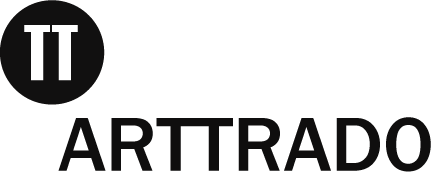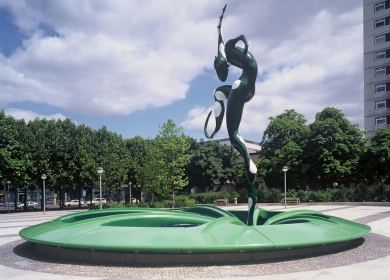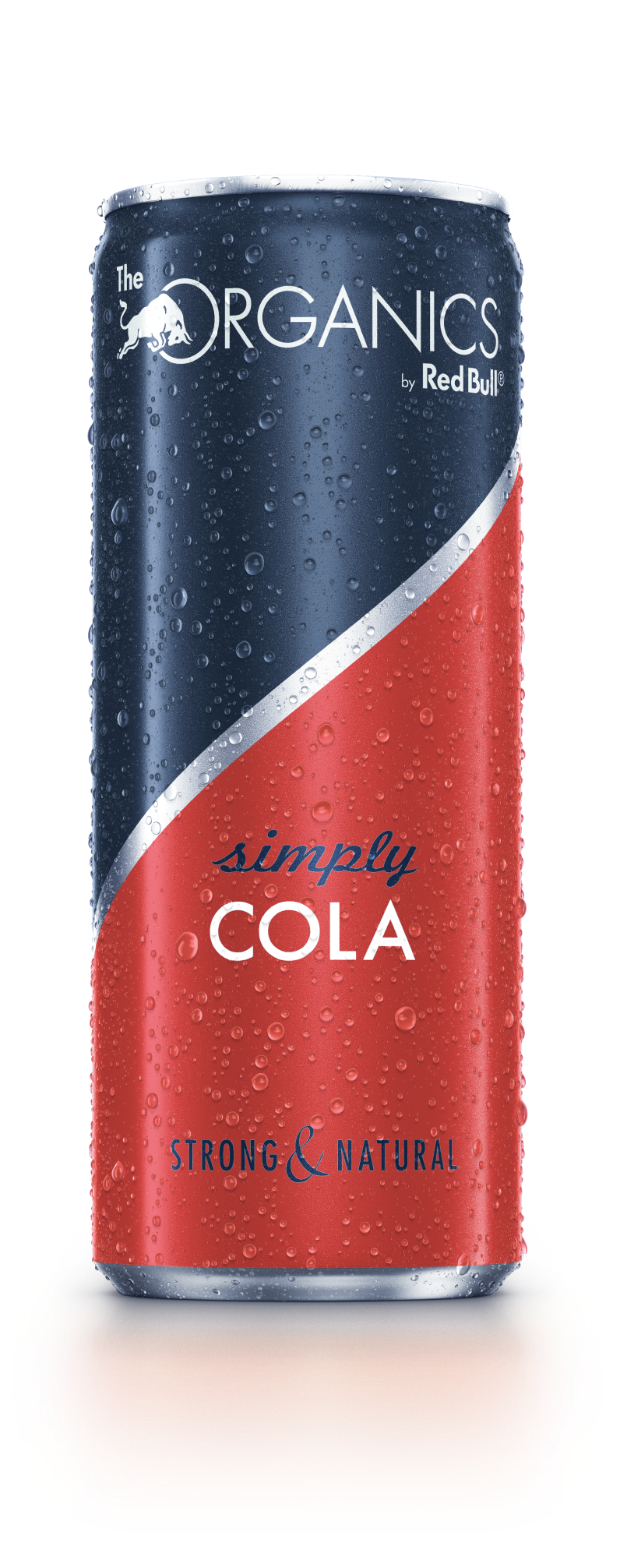It shall be granted to every male and female artist, the success which they’ve earned. If someone like Gerhard Richter, however, continues to be top of the TOP 100 of the "Kunstkompass"(1) since 17 years, certain doubts arise in me, if the evaluation criteria still correspond to our fast-paced time. Something like that doesn’t exist in any other genre of the fine arts. - Kadée
Kadée in an Interview –normal is boring
The original interview with Kadée was published in German on June 13, 2021. Due to the frequent demand, it has now been translated into English.
Klaus –Kadée – Eberhardt was, among other things, a regular soldier in a paratrooper unit; a professional DJ; – moderator at commercial broadcasting as well as at fairs and stages, seminar facilitator and trainer for moderation and president of the artists’ association Fundus Artifex. But most of all he is one thing, an artist.
As of next Sunday, the 20.06.2021, Kadée will capture his thoughts regarding the art market at ARTTRADO. At “Kadée’s thoughts on the art market” there will be tips for artists, train of thoughts and reports based on real experiences. The first part will deal with art- and artist-marketing. Before it starts next week, we want to introduce the artist Kadée a bit. We have decided for an Interview at this point.
Kadée in an Interview
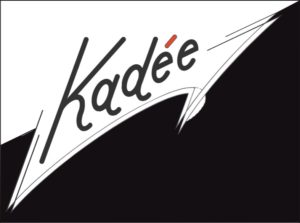
What does “Kadée” stand for?
Kadée is the phonetic spelling(2) of my initials of my (real) name in German.
Klaus = K = Ka (as in car)
Dieter = D = de (as in destination)
Eberhardt = E = e (as in ever)
The French acute accent on the first e (é) realises, that the name isn’t pronounced in an English or American way, like “Caddy”, but that it rather follows Central-European phonetics. Of course, I did work as a Caddy in a Golf-Club near Ratingen by Düsseldorf when I was a student, but that has been ages ago.
Are stage names important?
For those that want to live with and from their art, definitely: yes. In the music industry and also with authors it’s already very much common. Being good, or being very good isn’t just enough, the pieces should also be attachable to a name and persona. If I, for example, type in my normal name into Google, I won’t show up within the first 25 results at all. Same goes for “images”, only two from 25 hint on me as there exist thousand results with this name. If I type Kadée, however, the first page is filled with my persona and in “images” there is only one from 25 that shows a Belgian brewery, which is equally called Kadée.
You’re very present on Facebook, moderator of a variety of art groups with thousands of members and you manage several art sides. Do you do this besides your actual work, as an exchange, or do you see it as a direct part of your work?
As an art-creator I am a person of public interest. Therefore, everything I create is part of my work. The networking in the artist scene is as important as addresses of galleries, or art magazines, and the connection to newspapers et cetera. Since I believe that quiet many art-colleagues should receive this opportunity as well, I organised in 2015 a regional Facebook group for every state(3) including Austria and Swiss and a main group for all together. The term „fundus artifex“ with the abbreviation “fx” means, loosely translated from Latin; “collection or gathering of artists”. With the contribution of posts, answering of questions in the comment section, or personal messages on Facebook and LinkedIn I’m busy for several hours every day. Networking, you know. If I wouldn’t have done that, this Interview for example wouldn’t have ever happened.
Networking is important, more important is probably to know what one wants, since when did you know that you are an artist, or want to be one?
Since I can remember. I’ve always been drawing and since I was a kid I wanted to get on stage and into radio. Everything I did turn into reality, against every one of many pushbacks and despite one failure or another in between.
With what kind of medium, material and techniques did you start – with what do you work today?
At first with what you get taught in school: Pencils and water colours. Later, in the apprenticeship of becoming a window dresser, it was PLAKA-colours and professional marten-hair-brushes with which, besides the design of posters, I learned sign writing as well. In an interphase I then created 3D-pop-art pictures. Those were cling film stacked on top of each other and other various other coloured foils and papers, which produced a three-dimensional effect on the various layers.
A lot of materials and techniques are needed for my current VERTIGO-pictures. From the saw to the drill, hammer, diagonal cutter to glue and screws for the self-build frames, then 430g sail cloth, electric stapler, reflective foil, clear coat of different levels of quality for covering and varnish and, of course, my Airbrush-pistols next to the self-mixed Coelin-blue.
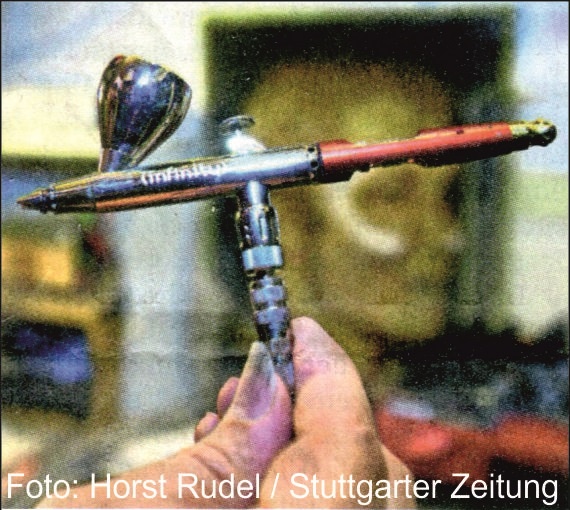
You’ve studied airbrush-design, how long does this study take and what could one envisage under it?
The study lasted 6 semesters and for the diploma I’ve added 4 semester masterclass by Roland Kuck. One learns the basics like perspective, lights and shadows, colour theory and anatomy, then the techniques how to showcase things like gold, silver and chromium or different forms of animal fur and much more. This includes the, at the beginning not-so easy to handle of the compressor and airbrush-pistol as well. Till now, this course is only available in Bochum’s „Institut für bildene Kunst und Kunsttherapie“(Institute for art and art-therapy) –short “ibkk” – as far as I know. By the way, it’s the best and most extensive education for airbrush-design in all of Europe.
Your works surely are something special. From 2022 on you’re planning to take part in different art fairs, could you tell us a bit about them already?
After two cancellations due to Corona-restriction, the ARTe in Sindelfingen is going to finally take place in 2022, for which I already booked a booth 2020 and 2021. There all of my VERTIGO-pictures will be able to be seen for the first time. And something that’s absolutely unusual in galleries and such fairs: Touching is wanted. Because the pictures should be twisted and turned, as well as combined with each other. Furthermore there will be one large-formated piece, which I create together with the Bremen Encaustic artist Njörn Unaveus. We call this mixed-technique “Aircaustic”; “Air-“ from Airbrush, which will be my part and “-caustic” from Encaustiv, Njörn’s partaking. In this, 20 image tiles measuring each 40x40cm will be combined into one 160x200cm big piece, which will bear the name of the Celtic forest-deity “Cernunnos” and which will, besides the unique performance, also touch upon the problematic of forest dieback. The base-photography of a foggy forest in autumn is contributed by the known and renowned Karlsruhe photographer Klaus Eppele. Something like that has been shown by no one.
How important are national or international art fairs for artists?
Nowhere else will you find a bigger gathering of people with a taste for art then on an art fair. For visitors, the appeal lies in the fact of viewing a gigantic selection of differing art styles and artworks, talking with the gallerists directly and being able to purchase from the selection directly. What is able to be done in one or two days here, would take weeks or months, till one managed to visit hundred or more galleries one at a time, or even gather art-creators in their hidden studios. For the artists this means, that they can face the competition directly, or even have to and should have good info-material on hand besides their paintings or plastics.
Which artist would you like to meet one day? Or rather; which artists have you already met?
Especially in my time as a moderator I’ve met a big number of known and lesser known stage-artists, announcing their shows or interviewing them. A few of my Facebook-contacts I know personally by now and will meet them, after the forced Corona break, finally at the artist regulars table “stuttgart artists”, which is hosted regularly by Martin Vogt from the Künstlerdienst(4). In the scene of the fine arts, there’ll be many more direct contacts through the planned fair visits alone. A difference between the art genres and if someone is famous or not is not made by me, I like to converse with everyone.
A wonderful character trait. Imagine we were the New York Times – what would you like to tell the world?
Oh, are we already at the point that the New York Times speaks for the whole world? So be it. I would call upon the political, economical and religious leaders of the world, to quickly change from agitation and propaganda to reason and logic, if a world end scenario-like state like “Armageddon”, “Ragnarök”, or scenarios like in End-of-the-World movies shall be avoided. My tip herby: More women in higher ranked positions!
…and what would like to change on the art market?
The crusted structures on one side and the insanity that takes places at auctions currently. It shall be granted to every male and female artist, the success which they’ve earned. If someone like Gerhard Richter, however, continues to be tip of the TOP 100 of the Kunstkompass since 17 years, certain doubts arise in me, if the evaluation criteria still correspond to our fast-paced time. Something like that doesn’t exist in any other genre of the fine arts.
…90 million dollars for an inflatable bunny? 69 million dollars for an NFT-Collage? 4.3 million dollars for a manipulated photography? Do you feel dizzy facing those numbers, or do you consider these prices “justified”?
These lunatic prices, most primarily the $450 million Dollar for the “Salvator Mundi”, have little to do with the artistic value of the artworks anymore. In this case, it’s rather about rich folks not knowing what to do with all their money. While, for example, the Gross domestic product, aka the economic output in the Euro-Zone has risen by 50% since 1999, there has also been a rise of 120% of the money supply in the same time. This means, there is at least twice to thrice as much money on the market as there are products and services. So someone that already owns a few houses and several cars, will buy so called “Wandaktie” (5) which will decorate their numerous walls.
Is art allowed to do everything, or are there boundaries?
Nothing and no one is allowed to do just everything. My freedom as an artist ends, where the freedom of others are restrained or ignored. Similarly as it is written in §1 of the Basic Law of the Federal Republic of Germany. For art creators there is an expanded framework though, as art isn’t just meant to entertain, but also to provoke and evoke discussions. I myself have given the rule to keep topics like politics and religion on a neutral and factual level, as it would otherwise always deeply hurt the ingrained feelings of some collection of people.
A tip for young artists?
Humans create artworks for human as we humans, contrary to all other lifeforms on this planet, need art around us to stay mentally sane. Therefore it is important, that you develop your birth-given aptitude for talent. To be good isn’t simply enough, one has to document it and confirm it by a third party. With this, you should always keep in mind that we’re surrounded by a system build on success and gain. It’s like with a car. The topic (sujet) of your work is like the bodywork and the interior. Here style, form and feeling take effect. The vehicle drives not without a driving engine though. That’s marketing, which your works need to be noticed. The selling of artworks, which won’t happen without a prior and continuous marketing-concept, is necessary to fuel your bolide or charge your battery.
My favourite question, what privat/secret information about you can never ever be released to the public eye?
Everything which I don’t actively or voluntarily share. I am not available for an RTL- or Pro-7-niveau(6).
I am curious with what you will share in your following posts actively and voluntarily with our readers. Thank you for your effort and time. I love to report about future expositions and projects!
1. Kunstkompass: a Ranking, which features the worldwide most wanted artists of the current time.
2. Note: he describes the GERMAN phonetic way of writing
3. Meant are the GERMAN states, aka “Bundesländer”. Not the 50 states of USA
4. Künstlerdienst: an agency which acts as a service provider between artists. Loosley translated; “artist service”
5. Wandaktie: loosely translated “wall stock/share”. A joke term, referring to a stock which is hung like a picture on a wall, instead of being used like a normal stock.
6. RTL & Pro-7: 2 German TV channels. Often known for their infamous content, displaying low-quality
reality-TV and sensational, absurd, Boulevard-like stories
More Informations
Cover picture: Authentic art photography – athanasios saitis
More about the artist Kadée on his Facebook profile: https://www.facebook.com/klauskadee.eberhardt
Events selected by us can be found under >>>Events<<<
You can find all interviews here: Interview| Arttrado.de
If you want to inform us about your exciting art project, use ours Contact
Support ARTTRADO:
